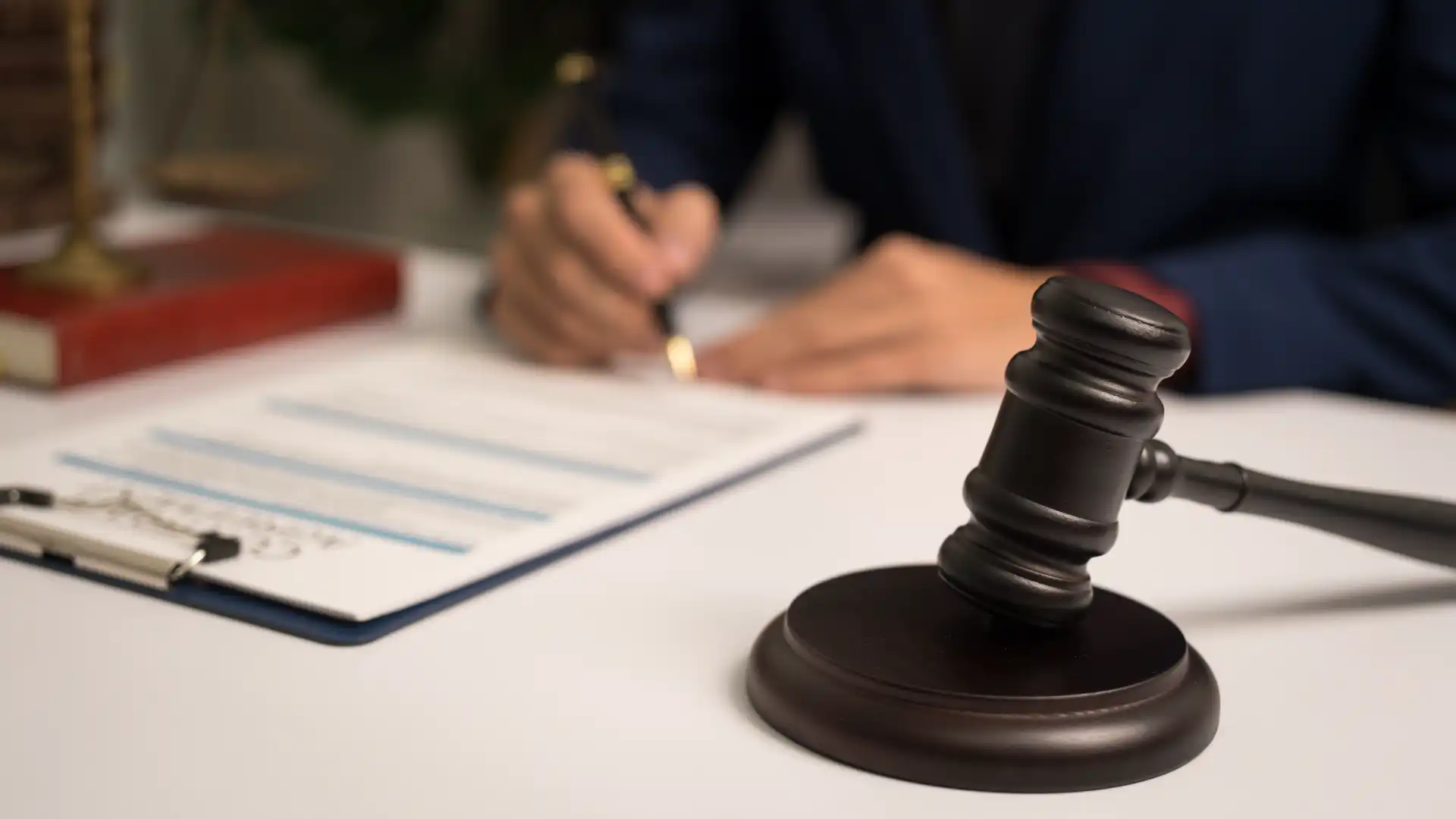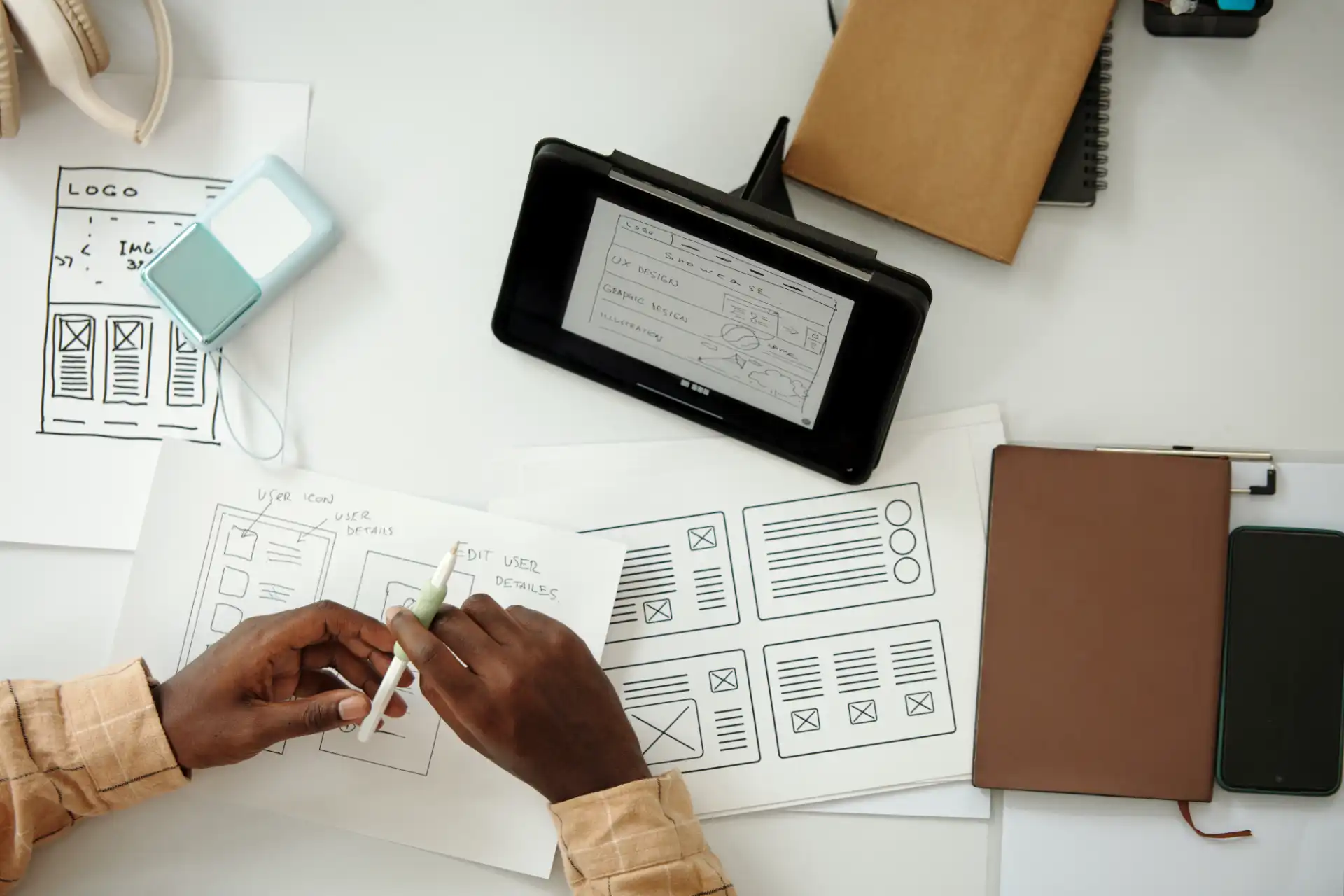Patent Infringement Explained: What It Is and How to Protect Your Rights
If you’ve secured a patent to protect your invention, you hold an exclusive legal right to use, manufacture, sell, or license that invention. But what happens when someone else copies or uses your patented idea without permission? That’s called patent infringement — and it’s a serious violation of intellectual property law.
In this article, we’ll break down what patent infringement is, the different types, common examples, and most importantly, how to protect your rights if you believe your patent has been violated.
What Is Patent Infringement?
Patent infringement occurs when a person or company uses, makes, sells, or imports a patented invention without the permission of the patent holder. It applies to active patents only — once a patent expires, its protection no longer applies.
Infringement can occur intentionally or accidentally, and it may involve an entire invention or a portion of it, depending on what is described in the patent’s claims.
According to the USPTO, it is the responsibility of the patent owner (not the government) to monitor and enforce their patent rights.
Types of Patent Infringement
1. Direct Infringement
This occurs when someone makes, uses, or sells the patented invention without permission — exactly as it’s described in the claims.
2. Indirect Infringement
Indirect infringement happens when a party contributes to or induces someone else to infringe on a patent. For example, selling a component specifically designed for a patented product can qualify as indirect infringement.
3. Willful Infringement
If someone knowingly and intentionally violates a patent, it may be considered willful. Courts may award treble damages (three times the amount) in these cases.
4. Literal vs. Doctrine of Equivalents
- Literal Infringement: The accused product or process matches the patent claims word for word.
- Doctrine of Equivalents: Even if not identical, the accused product performs substantially the same function in a substantially similar way to achieve the same result.
Real-World Examples of Patent Infringement
- Apple vs. Samsung: A major legal battle where Apple claimed Samsung copied patented smartphone features, resulting in a billion-dollar verdict (later reduced).
- Amazon vs. Barnes & Noble: In the late 1990s, Amazon sued over its patented “1-Click” ordering system.
- Generic Pharmaceuticals: Patent disputes frequently arise when generics attempt to release a drug before the brand-name patent expires.
Infringement isn’t always about high-tech gadgets — it can apply to mechanical tools, industrial processes, software, and even biotechnology.
How to Identify Patent Infringement
If you suspect someone is using your invention without permission, start by:
- Reviewing your patent claims: What specific parts of your invention are protected?
- Comparing the accused product/process: Does it match or closely imitate your claims?
- Gathering evidence: Product descriptions, marketing materials, usage reports, or expert analysis.
It’s recommended to consult a patent attorney early to avoid misinterpretation and build a legally sound case.
Legal Steps to Take
If infringement is confirmed, here are your primary legal options:
1. Cease and Desist Letter
A formal notice sent to the infringing party requesting they stop the violation. It often includes a deadline and may propose a settlement or licensing agreement.
2. File a Lawsuit
If the infringement continues, you can file a lawsuit in federal court. Common remedies include:
- Injunctions: To stop further use or sale
- Monetary damages: Lost profits, royalties, and in some cases, treble damages
- Attorney’s fees: In willful or exceptional cases
Be prepared: patent litigation is complex and can be expensive. However, it’s often necessary to protect long-term innovation value.
3. International Infringement
If your invention is being copied overseas, enforcement becomes more complicated. You may need protection through the World Intellectual Property Organization (WIPO) or individual national patent offices.
How to Prevent Infringement in the First Place
- Monitor the Market: Use tools to track similar products and competitors.
- Work with IP Attorneys: Get legal advice early, especially when licensing or expanding internationally.
- Keep Records: Document your invention process, filing dates, and communication related to IP rights.
- File in Key Markets: Consider filing patents in countries where you plan to manufacture or sell.
Patent Infringement vs. Trademark or Copyright Infringement
It’s important not to confuse these forms of IP protection:
- Patent: Protects inventions and processes
- Trademark: Protects brand names, logos, and slogans
- Copyright: Protects original works of authorship (e.g., music, writing, art)
While some cases overlap (e.g., software), they each require different forms of protection and enforcement.
Final Thoughts
Patent infringement is a serious issue — and one that inventors, businesses, and innovators must understand in today’s competitive landscape. Whether you’re protecting a mechanical device, a biotech process, or new software, knowing how to identify and respond to infringement is crucial.
Want to ensure your invention is protected from day one? Start with our step-by-step guide to filing a U.S. patent »


